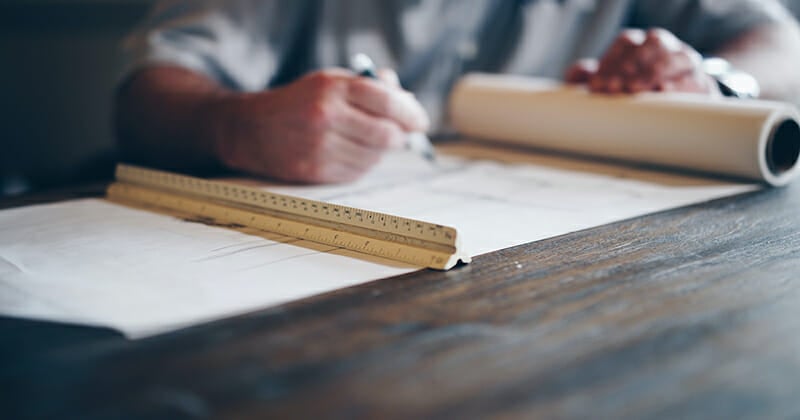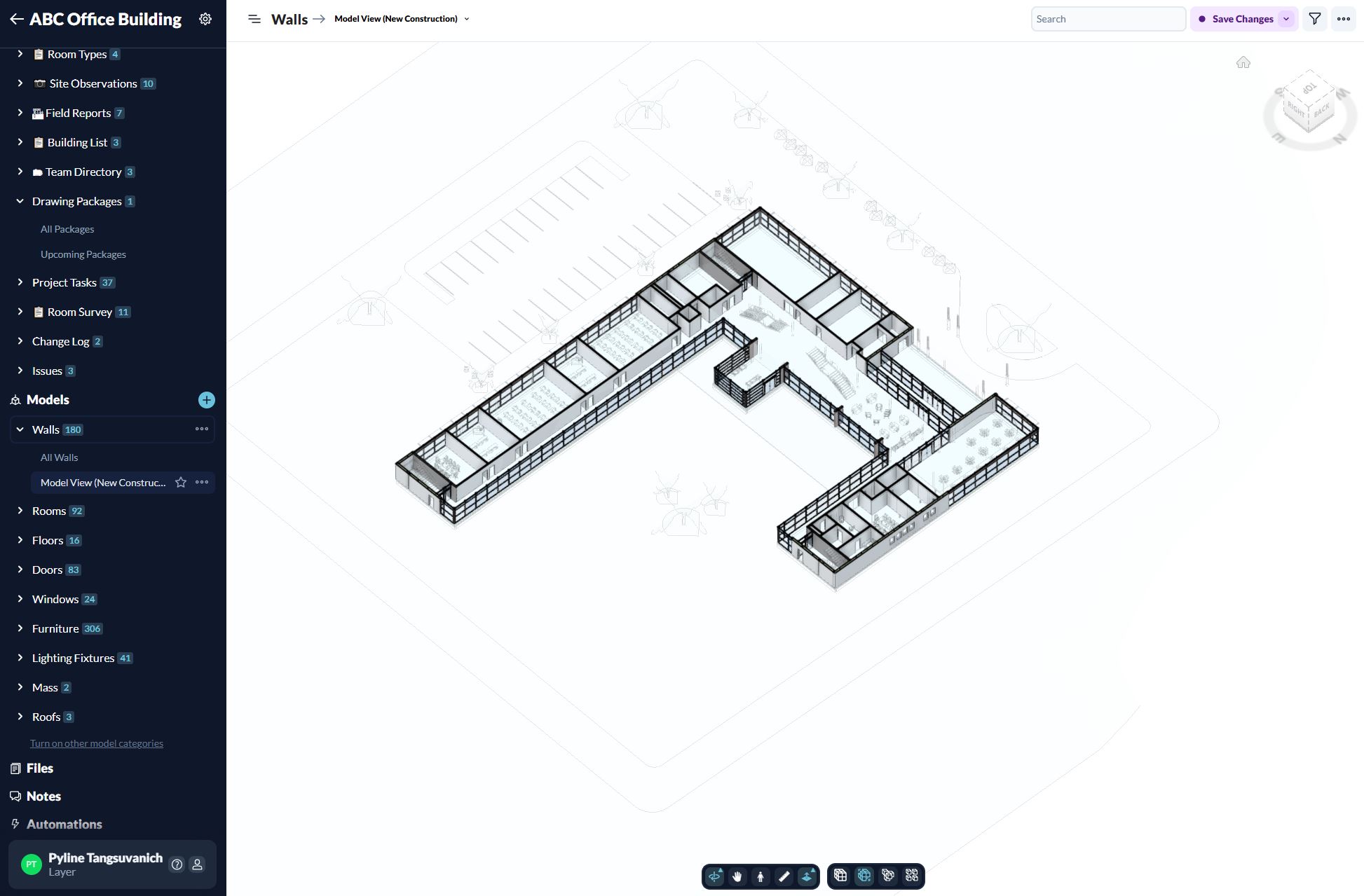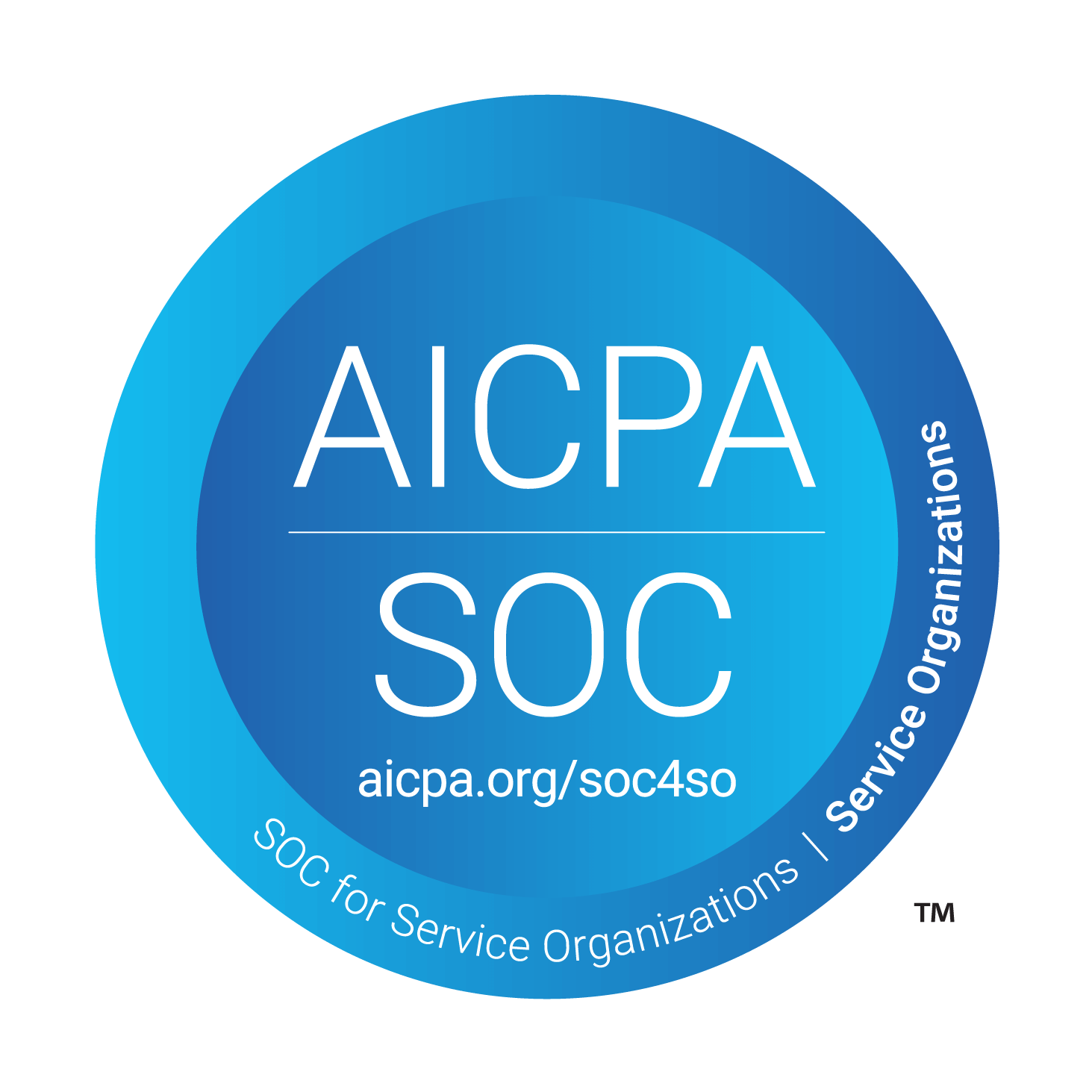Pyline Tangsuvanich
Updated: Oct 28, 2024
The Architectural Design Process Explained
In this article, you'll learn about the five phases of the architectural design process and tips for bringing client projects to success.
Tips for a successful architectural project through the lens of each design phase.
Are you a building owner looking to engage an architect? Or perhaps you're new to the profession or curious about how to streamline the process for your clients? Here's a brief guide to help you understand the who, what, and how of the architectural design process. It’s a complex and long process, so we’re here to provide tips along the way!
1. Pre-Design Phase

The initial phase of the architectural design process is known as Pre-Design or Programming.
The primary goal of this phase is to understand the project constraints. You will evaluate and study the project site. For a renovation, this will include site visits to document a space’s existing conditions. For new construction, this will include a visit to the property or piece of land.
It’s important to understand the applicable zoning ordinances or restrictions pertaining to the development of the project. Permitting is a tricky phase that involves collaboration with local jurisdictions. Understanding a town or city’s requirements early can prevent unexpected hiccups down the line.
Some typical deliverables you’ll create and acquire include:
1. Site Survey (showing topographic information, existing structures, utilities, etc.)
2. Geotechnical Report
3. Zoning & Preliminary Building Code Analysis
4. Program & Project Scope Verification Document (aka Room Data Sheet)
You can use a tool like Layer to keep track of existing site conditions. To dive deeper, click here to learn how to simplify Pre-Design with Layer.
2. Schematic Design Phase

The primary goal of the Schematic Design phase is to identify the general character of the building and its systems.
You’ll ideate on a concept by creating a series of sketches, physical models, initial renderings and set of drawings of the building. These drawings help the design team to communicate how different spaces might be configured within the building, how the building might sit on the site, and how the building might look and operate.
You likely won’t be presenting a single concept, but multiple design configurations throughout this process.
During Schematic Design, you’ll create documents such as:
1. Site Plan, Building Elevations (Exterior Elevations), and Floor Plans
2. Room Data Sheets
3. Schematic 3D Renderings
4. Building System Narratives (Structural, Mechanical, Electrical, and Plumbing)
5. Initial Estimate of Cost

You can use a tool like Layer to organize all of your design concepts. To dive deeper, click here to learn how to simplify Schematic with Layer.
3. Design Development Phase

During Design Development, you will finalize the overall character of the project and to ensure that the project can be realized at the quality and cost anticipated.
Your goal is to produce detailed drawings and a preliminary set of specifications that outline the size, shape, and character of every component of the project. In addition to solidifying the size and location of all rooms, you and the design team will assemble the building’s exterior materials, interior finishes, and all furniture, fixtures, or equipment (FF&E).
Typical deliverables provided at the conclusion of Design Development:
1. Site Plan, Floor Plans, Interior/Exterior Elevations, Sections, and Reflected Ceiling Plans
2. Updated Interior and Exterior Renderings
3. Structural, Mechanical, Electrical, Plumbing, and Special Systems Drawings
4. Project Specifications and Materials List
5. Updated Estimate of Cost
Click here to learn more about streamlining Design Development with Layer.
4. Construction Documents Phase

The goal of the Construction Documents phase is to accurately document all aspects of the design in a comprehensive set of drawings. You will use these drawings to request bids from builders.
Most of the Construction Documents phase involves filling in any of the remaining gaps in information that might prove useful to bidders or contractors as they prepare to construct the building. As a result, this requires intensive coordination across multiple disciplines and multiple members of the design team.
You and your team might be responsible for sending a final copy of drawings and specifications to the local permitting authority for review and approval.
Typical deliverables that you’ll create during the Construction Documents phase include:
1. Complete Construction Drawings and Specifications
2. Final Estimate of Cost
3. Architect’s Supplemental Instructions (ASIs) and Addenda (Typically produced during early bidding periods)
4. Revit Model or CAD File

For more tips on how Layer can help you during Construction Documentation, read here.
5. Construction Administration Phase

After the local municipality approves your drawing set, then construction begins and the project enters Construction Administration. The goal of the Construction Administration phase is to ensure that the project is built according to the intent outlined in the drawing set.
You won’t be actively on the job site everyday, but you will be periodically corresponding with the builder and their subcontractors to ensure construction is progressing smoothly. You’ll likely issue supplemental drawings throughout the process to address questions that might arise during construction.
Once construction is complete and all required inspections are performed, the owner is provided a Certificate of Occupancy allowing them to occupy and utilize the building.
Typical deliverables provided at the conclusion of the Construction Administration phase:
1. Requests for Information (RFIs) and Architect’s Supplemental Instructions (ASIs)
2. Proposal Requests (PRs) and Change Orders
3. As-Built Set of Construction Drawings
4. All Product/Equipment Warranties and Maintenance Manuals
5. Certificate of Occupancy
6. Architect’s Field Reports (AIA G711, or similar)
7. Application and Certificate for Payment (AIA G702 and G703, or similar)
8. Final Punch List
9. Certificate of Substantial Completion (AIA G704, or similar)
10. Revit Model
Stay Organized for your Architectural Project
The phases outlined above provide a general picture of a typical architectural design process.
Regardless of how a specific project might play out, the general framework of the architectural design process allows design teams to successfully map out and track the delivery of each project and centralizing your design project data in a single place will save you time looking for data, leaving more time for design.




